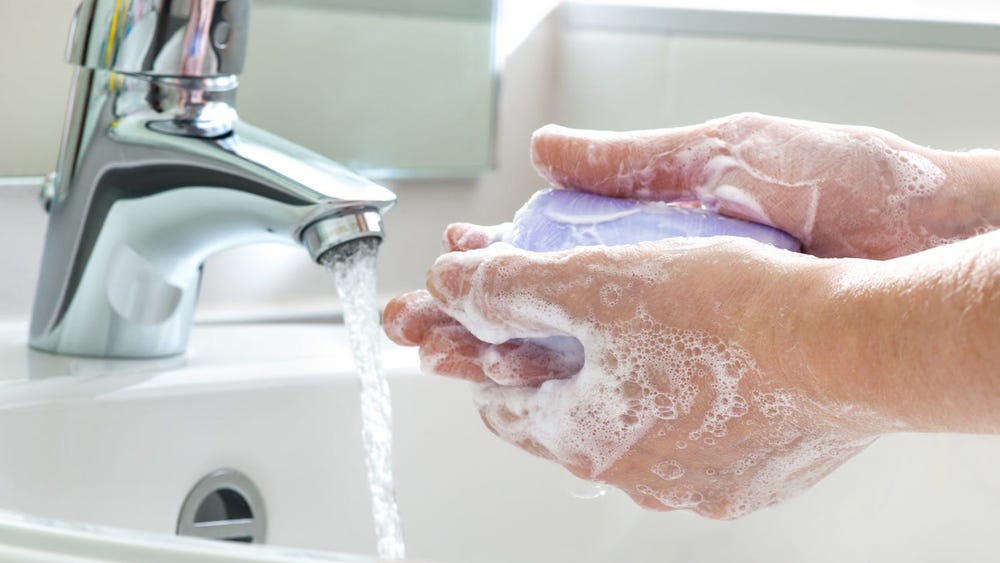Practicing Hand Hygiene
Our hands are the main pathways of germ transmission and good hand hygiene is the most important way to avoid getting sick and preventing the transmission of harmful germs to others.
What is hand hygiene? Hand hygiene is the act of cleaning your hands with soap and water to remove viruses/bacteria/microorganisms, dirt, grease, or other harmful and unwanted substances. Drying our washed hands is part of the process because wet and moist hands are more easily re-contaminated.
What is the best way to have good Hand Hygiene? Simply washing your hands by using soap and water, antiseptic hand wash or antiseptic hand rub, i.e., alcohol-based hand sanitizer including foam or gel. Sanitizers can quickly reduce the number of germs on hands however, sanitizers do not get rid of all types of germs and hand sanitizers may not be as effective when hands are visibly dirty or greasy. Hand sanitizers may not remove harmful chemicals from hands like pesticides and heavy metals.
When should you wash your hands? Wash your hands often, especially during key times when you are likely to get and spread germs such as:
- Before, during, and after preparing food and eating food
- Before and after caring for someone at home who is sick with vomiting or diarrhea
- Before and after treating a cut or wound
- After using the toilet
- After changing diapers or cleaning up after a child who has just used the toilet.
- After blowing your nose, coughing, or sneezing
- After touching an animal, animal feed, or animal waste
- After handling pet food or pet treats
- After touching garbage
What is the best way to wash your hands? If possible, you should remove jewelry like rings, bracelets and watches first, so you can scrub your hands without anything getting in the way. Wet your hands before adding soap, so that the water can help the soap dissolve and do its job of removing dirt and germs. Soap is critical to killing germs on your hands. SARS-COV-2, the virus that causes COVID-19, is wrapped in a membrane that can be broken up by the lather from soap that renders the virus particles unable to infect you. It’s very important to maintain the lather as you scrub. Depending on the length of your nails, it can be more difficult to really get under them. The recommendation is to rub the edges of your nails against your palms.
How long should you wash your hands? The common guideline is 20 seconds, but you’ll probably need more time. The 20 seconds start when you have the soap in your hands and start the lathering process. Microbes, including viruses, can take up residence all over your hands, so you want to make sure you’re hitting all the areas. Fingertips, thumbs, and spots between your fingers are commonly missed. Lastly, rinse the soap away — along with the pathogens and dry your hands well.
